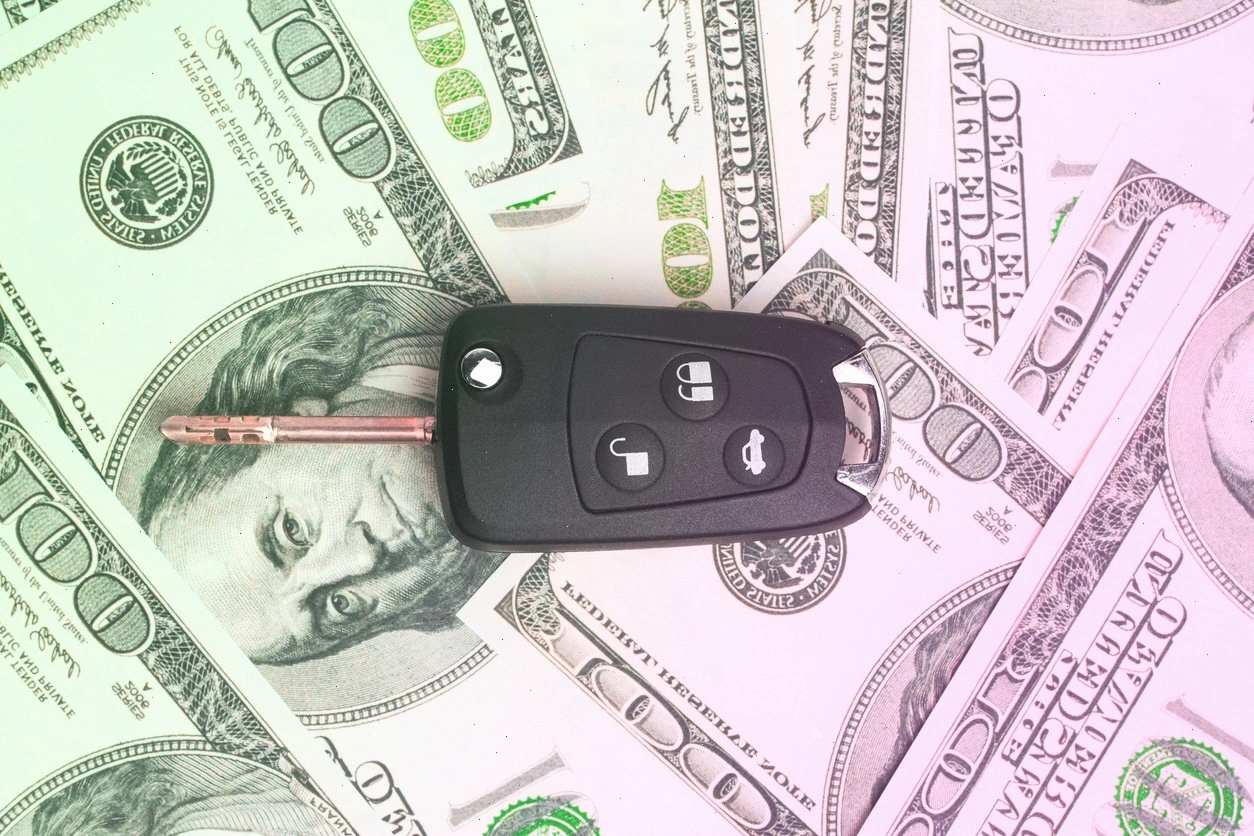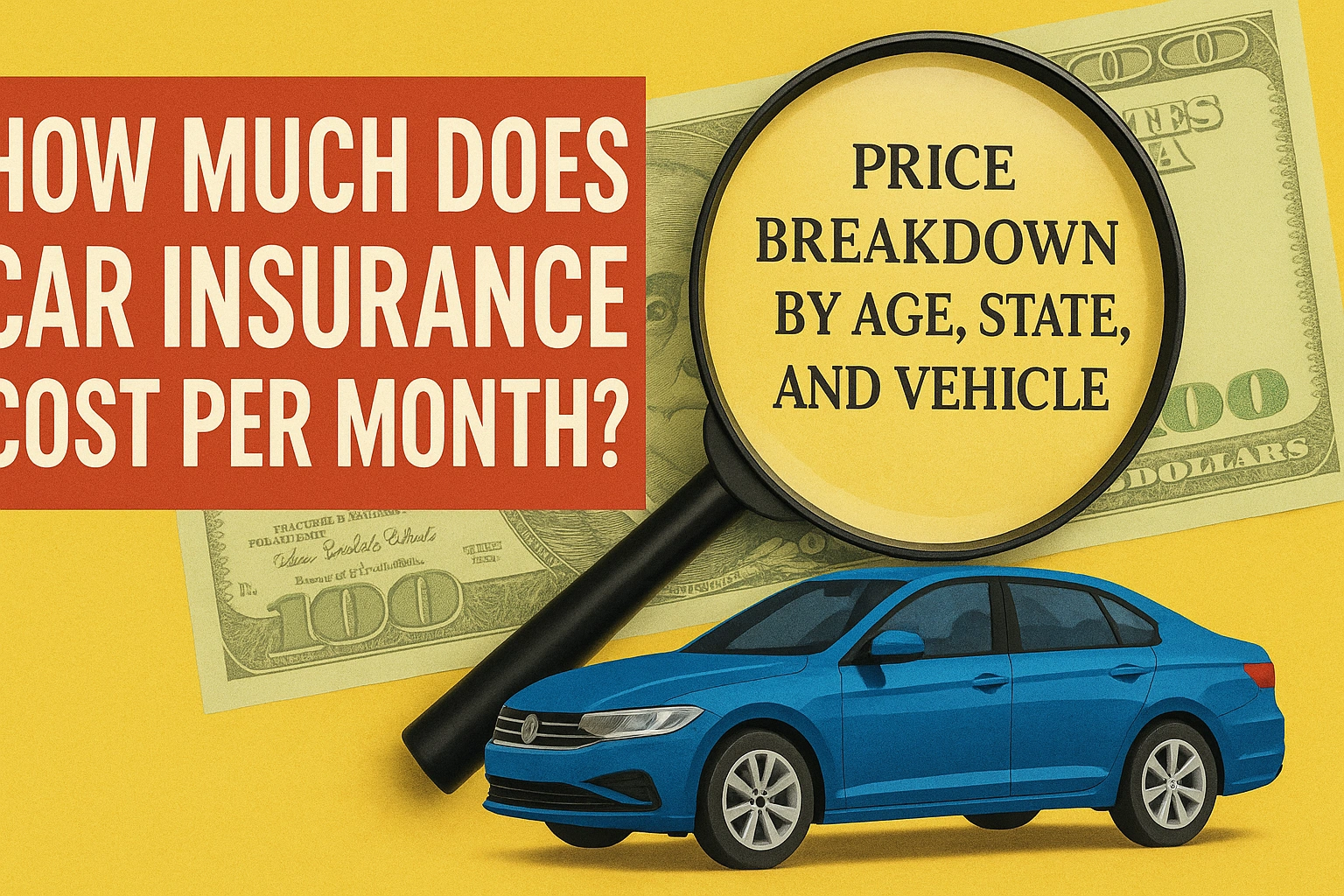Wondering if you can trade in a car that’s still financed? The short answer is yes! In the USA, trading in a financed vehicle is common, but understanding the process and financial implications is crucial. This guide covers everything you need to know about trading in your financed car, step by step.
Step 1: Find Out Your Loan Payoff Amount
First, contact your current lender to get the exact payoff amount for your auto loan. This amount includes any remaining principal, interest, and potential fees. It may differ slightly from your current balance.
Step 2: Know Your Car’s Current Market Value
Check your car’s current market value using trusted sources like Kelley Blue Book, Edmunds, or NADA Guides. Understanding your car’s trade-in value helps you negotiate better terms with the dealership.
Step 3: Determine Your Equity Status
Compare your car’s market value against your remaining loan balance:
- Positive Equity: Your car’s value exceeds what you owe. You can use this equity towards your new car purchase.
- Negative Equity: Your car’s value is lower than your remaining loan balance, leaving you “upside-down.” You’ll need to either pay the difference upfront or roll it into your new loan.
Step 4: Gather Necessary Documents
Prepare all necessary paperwork, including:
- Vehicle registration
- Loan documents
- Loan payoff details
- Valid identification
- Proof of insurance
Notify your lender about your intention to trade in your car.
Step 5: Negotiate with the Dealer
When negotiating with the dealership, handle the price of the new car separately from your trade-in’s value. Doing this ensures transparency and often results in better overall terms.
Step 6: Complete Loan Payoff and Financial Arrangements
The dealership will handle contacting your lender and finalizing the payoff:
- Positive Equity: Any remaining funds after the payoff can reduce your new car’s price.
- Negative Equity: You must pay the difference upfront or roll it into your new loan, increasing monthly payments and total loan costs.
Step 7: Finalize the Transaction
Carefully review and sign all necessary documents, including the sales contract, new loan agreement, and title transfer. Ensure the dealership fully pays off your previous loan by following up within two weeks.
Positive vs. Negative Equity: What Does It Mean?
Positive Equity
Having positive equity means your car’s value surpasses your loan balance, providing financial leverage for your new car purchase. It can significantly reduce the loan amount needed for your next vehicle.
Negative Equity
Negative equity occurs when you owe more than your car’s worth. You have three primary options:
- Pay the difference immediately.
- Roll the amount into your new loan, increasing overall debt and interest.
- Wait until you build positive equity before trading.
Carefully consider your financial situation to avoid added stress.
How Does Credit History Affect Your Car Trade-In?
Your credit score significantly impacts your ability to finance your new vehicle:
- Good Credit: Easier loan approval, lower interest rates, and better overall financing terms.
- Poor Credit: May result in loan denial, higher interest rates, larger down payments, and stricter terms. Combined with negative equity, poor credit often requires an upfront cash payment to complete the transaction.
🚘 Trading In a Financed Car? Get the Best Value First
Dealers don’t always offer top dollar — especially when you still owe money. Compare real offers and protect your equity before you sign anything.
🔍 Get Real Quotes Before Trading InProperly managing the trade-in transaction usually won’t harm your credit significantly. However, mishandling or dealer mistakes, such as delayed loan payoffs, can negatively impact your credit rating.
Trading in a financed car is entirely feasible. By clearly understanding the process, managing equity effectively, and carefully negotiating with the dealership, you can smoothly transition from your old vehicle to your new one. Preparation and careful consideration of your financial situation will ensure a beneficial trade-in experience.






